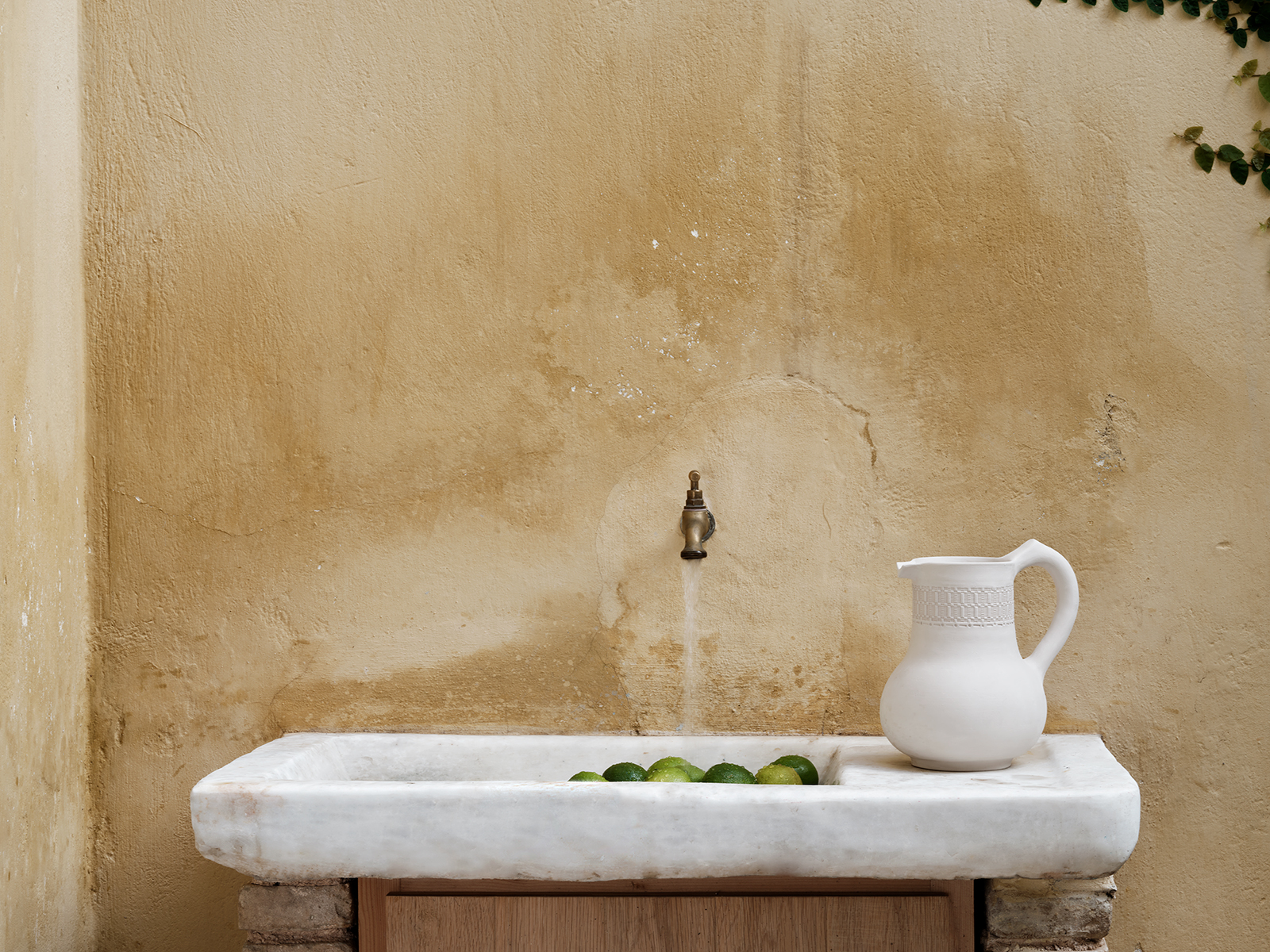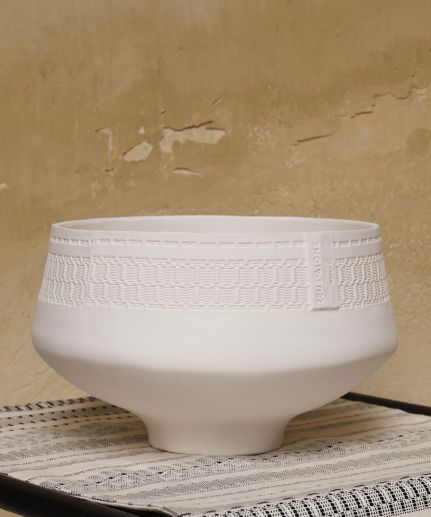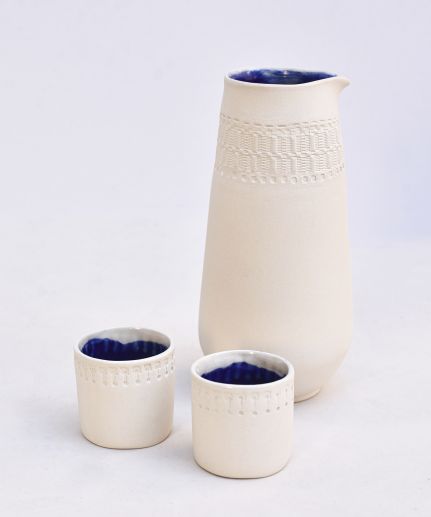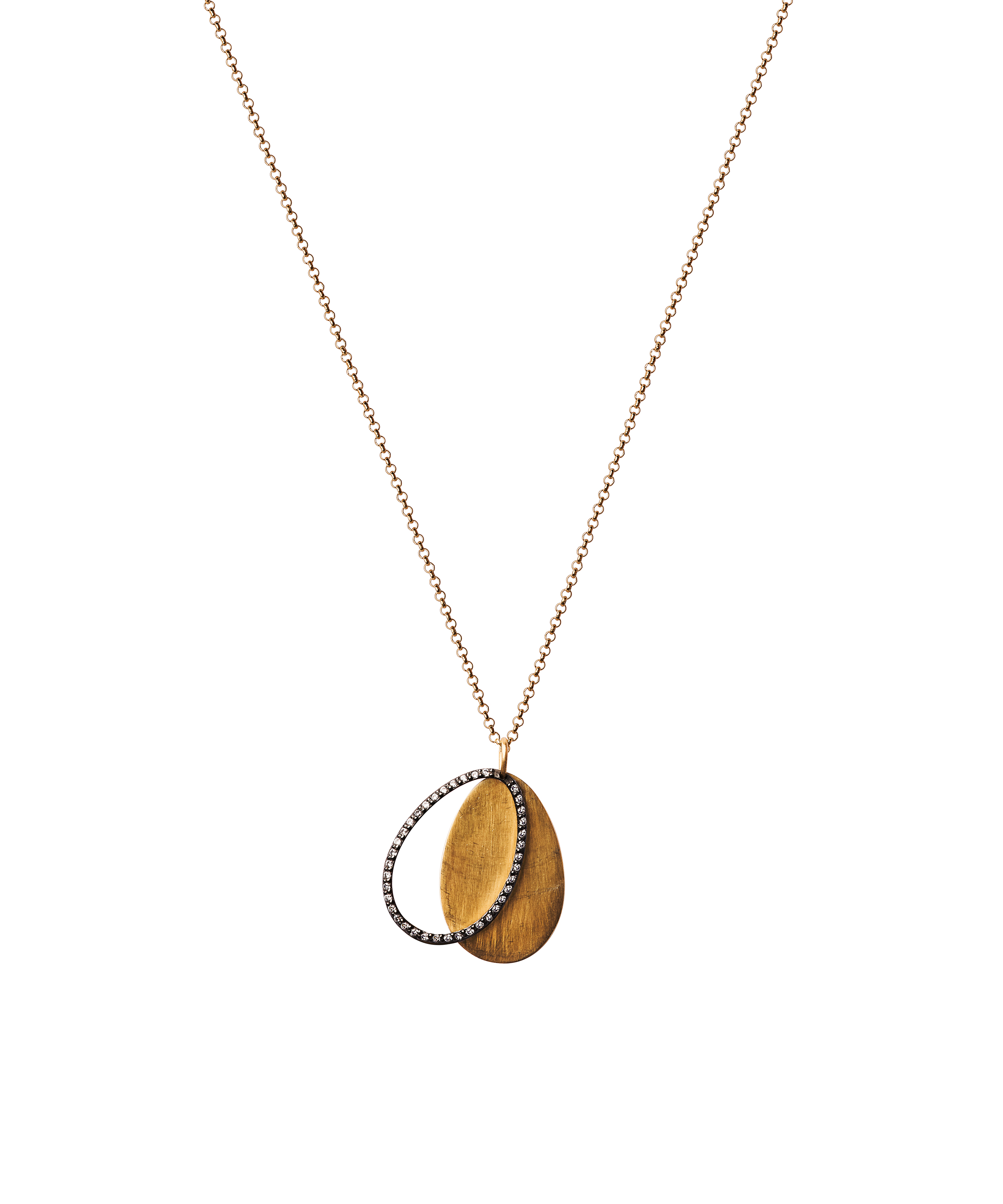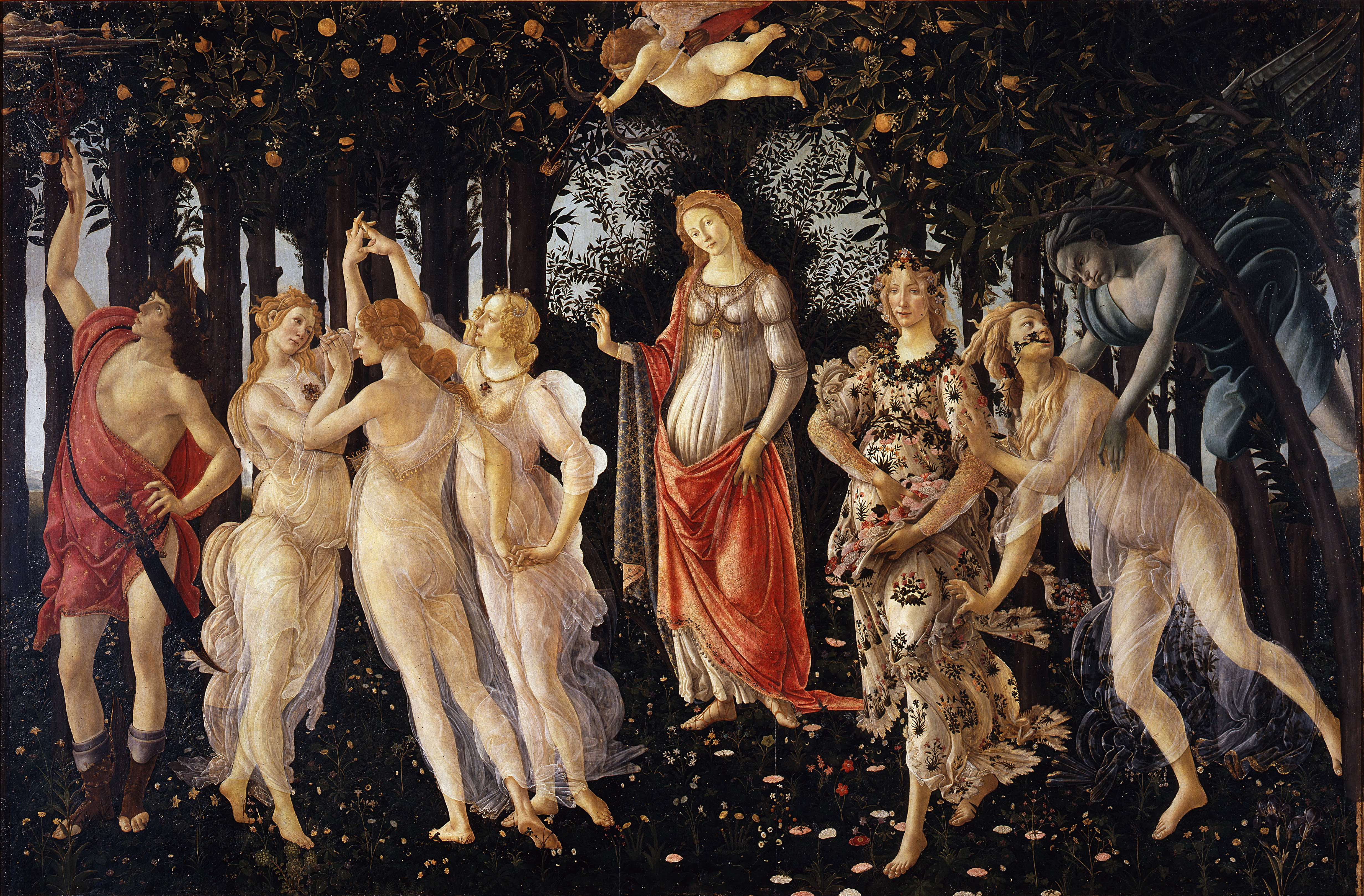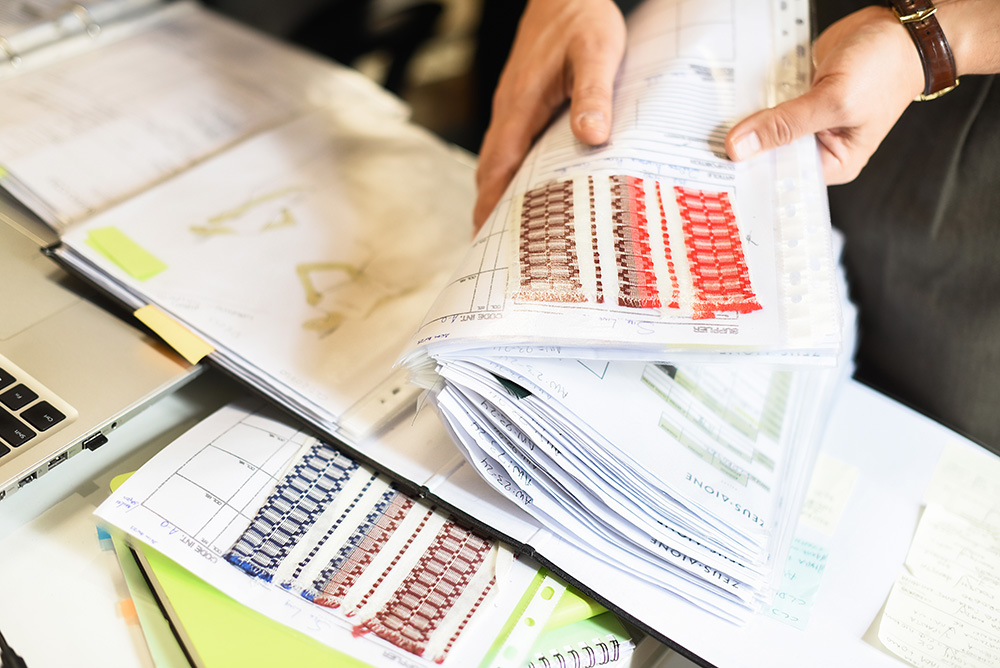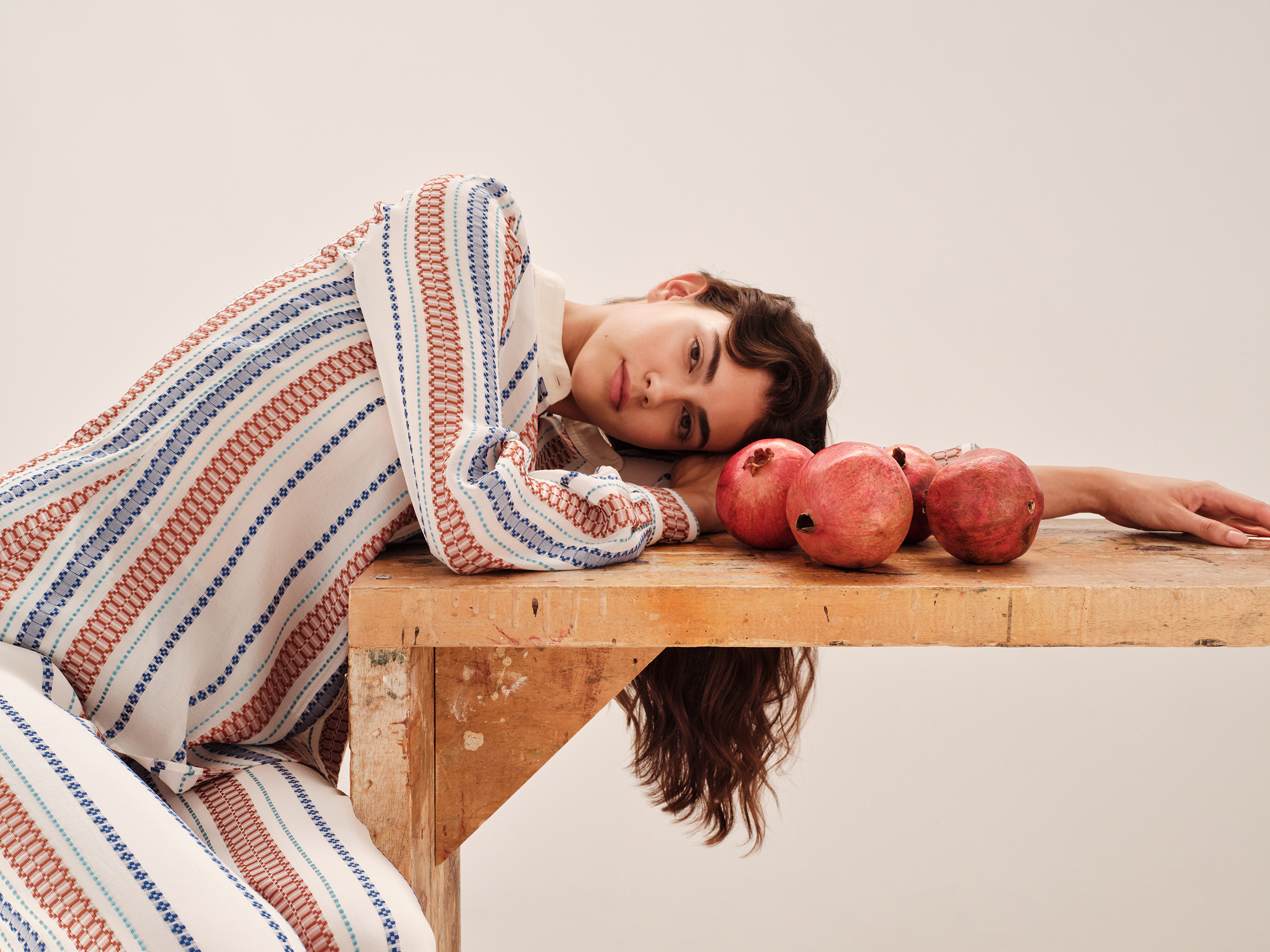The Clean Monday Table
Clean Monday marks the beginning of Great Lent, the Easter fasting period. Its name, "Clean," comes from the tradition of housewives cleaning all their cooking utensils with hot water and ash on this morning, symbolising a "day of purification." These items would then be set aside, not to be used again until after the fasting period.
In addition, it is common for families to have lunch outdoors and picnic to enjoy fasting foods such as halva, olives, taramasalata and, above all, lagana bread. The joyful atmosphere of dancing and singing to celebrate the upcoming Lent is accompanied by the traditional kite flying for all ages.
The fast coincides with a spring season abundant in plant-based foods and fresh-from-the-net seafood, which become the main ingredients in various traditional dishes. Here, we've compiled the key dishes that are indispensable at any Lenten table. Complementing these seasonal flavours, our "Philoxenia" Homeware collection offers utensils crafted from porcelain, and clay, all finished with a glossy ceramic glaze, enhancing the dining experience. Here's to a fulfilling Clean Monday!
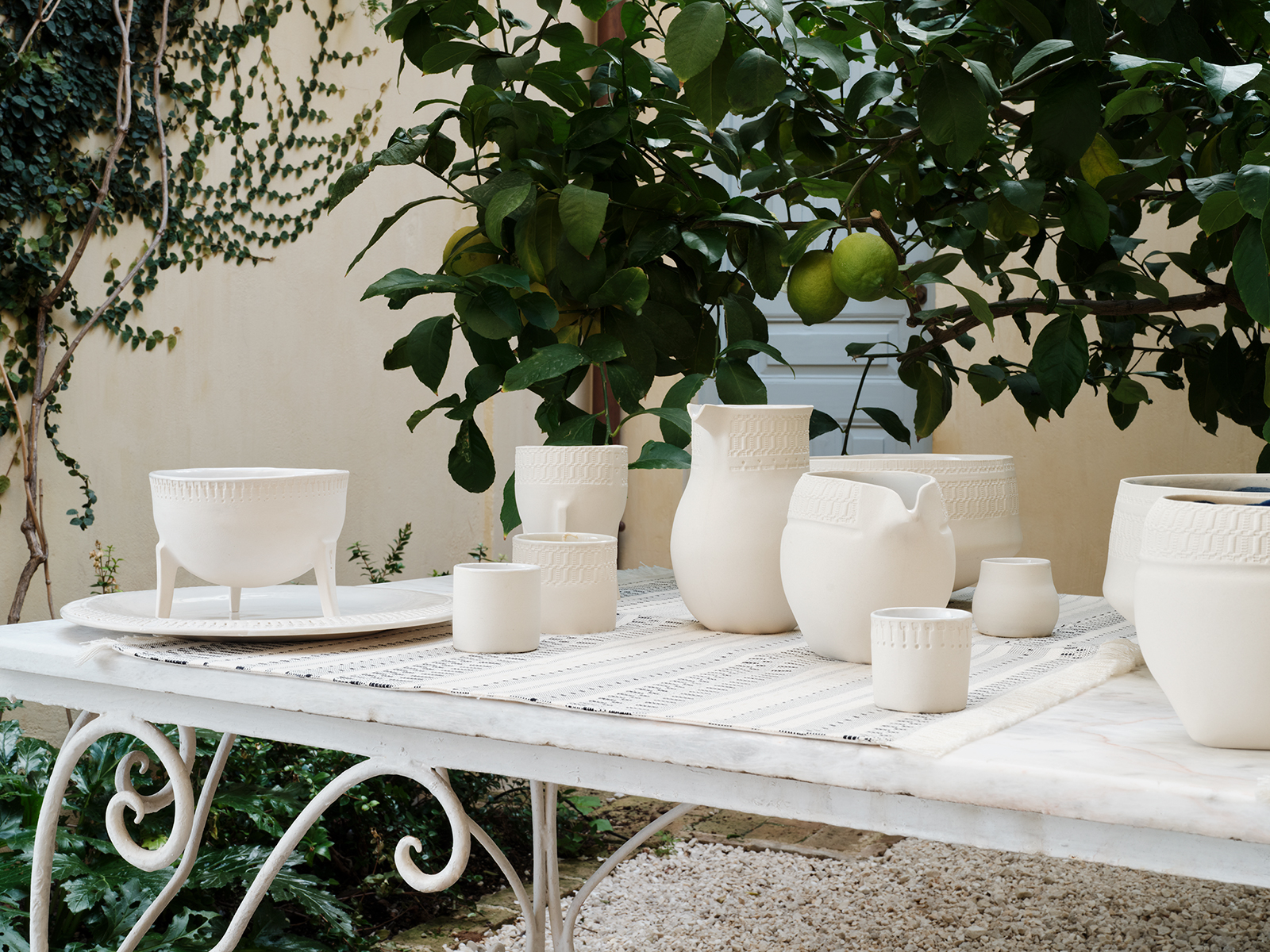
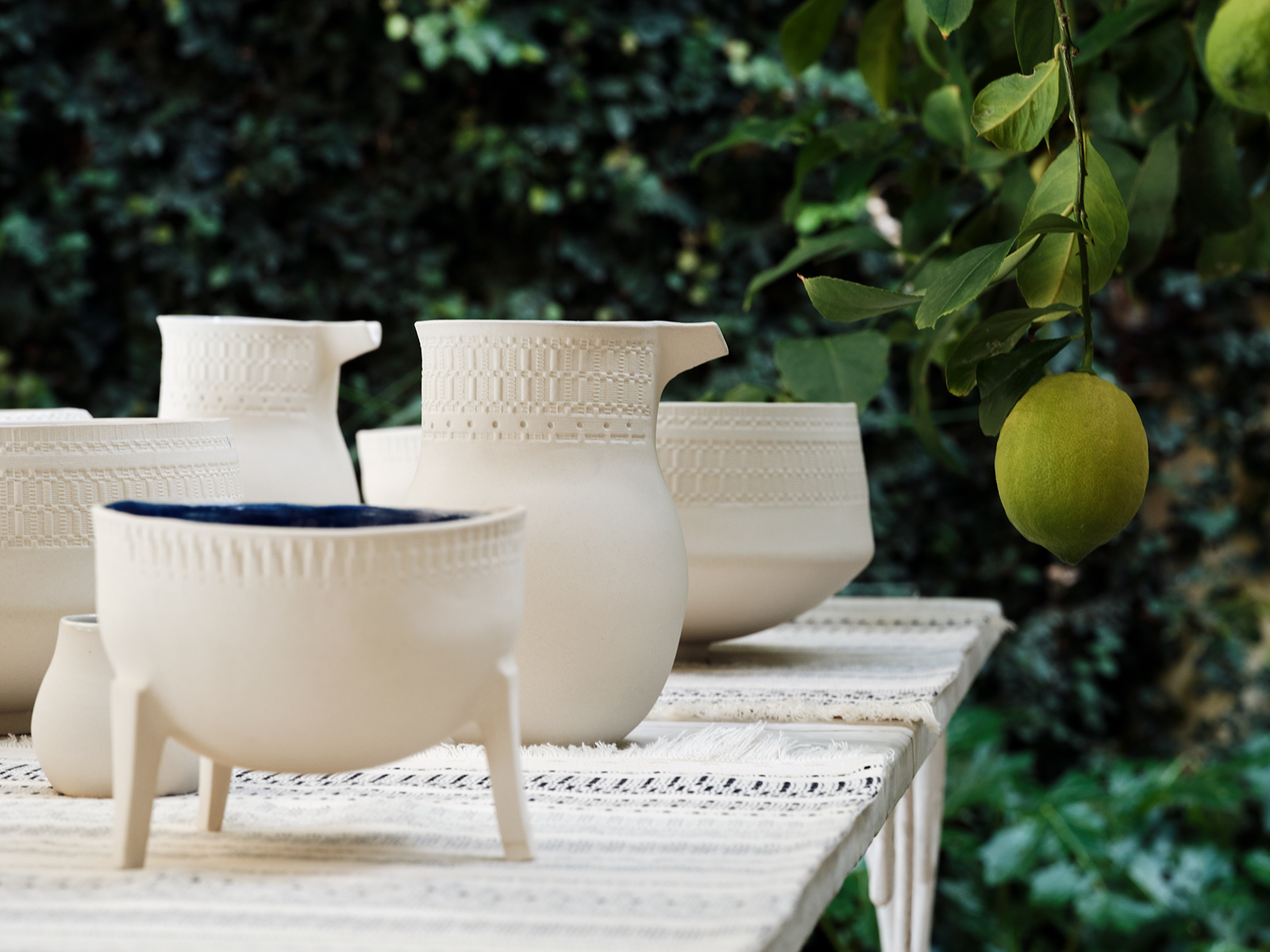
Spineless seafood
Clean Monday is a "no meat" day, and we typically prepare dishes without shedding blood. The day's menu features a broad array of seafood dishes, including fried calamari, octopus stew or tenderly cooked with short pasta, shrimp pasta dishes, mussel pilaf, crabs grilled over charcoal, steamed skate, and fresh shellfish.
Lagana
Lagana, an unleavened bread, is a Clean Monday staple. Made without yeast, it is believed to have been eaten by the Israelites during their Exodus from Egypt, as led by Moses. Lagana's history is deeply embedded in dietary traditions, spanning from ancient times to today. Mentioned by Aristophanes in "The Ecclesiazusae" and described by Horace as "the sweet of the poor," its preparation has stayed consistent over millennia. Today, neighbourhood bakers carefully prepare this flat, oval-shaped bread, notable for its crispy, sesame-seed-covered surface, marked by fingertip impressions.
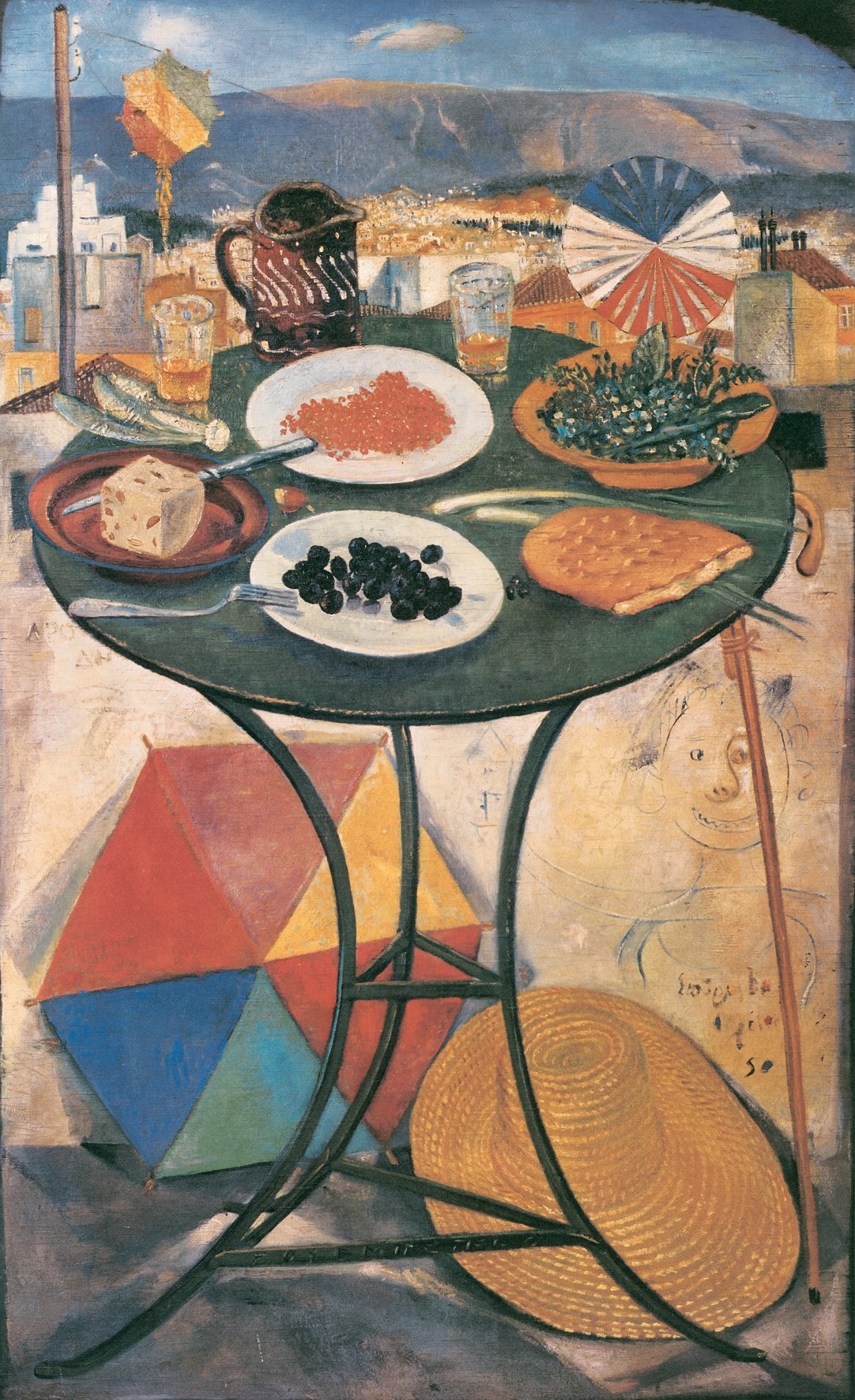
Taramosalata
Taramas refers to the roe from cod or carp, one of the staples of the Lenten Table. It's available commercially in two varieties: white and deep pink, with white taramas being deemed superior in quality. Among traditional recipes featuring taramas, taramosalata stands out as the most famous. This rich spread is a creamy blend of roe mixed (ideally in a mortar) with either boiled and peeled potatoes or bread.
Olive-oil based dishes traditionally known as “Ladera”
Seasonal vegetables and legume soups including lentils, chickpeas, and beans, cooked in premium olive oil, take center stage. In the past, the high cost of meat and widespread poverty led to the frequent creation of dishes rich in olive oil to ensure satiety, as olive oil is a primary dietary fat in the Mediterranean diet. The menu features dishes such as briam, Imam bayildi, green beans and okra stews, rice-stuffed tomatoes and peppers with herbs, spinach rice, vegetable couscous, and artichokes à la polita.
Tahini halva
Tahini halva, also referred to as "grocer's halva" due to its initial sale in grocery stores, was introduced to Greece in 1922 by Asia Minor refugees proficient in its making. These skilled artisans established small halva production facilities primarily in Thessaloniki and Piraeus. Over time, halva has diversified, now available in various flavours including nuts, honey, fructose, and chocolate. Annually, it earns a special spot on our tables during this season.
